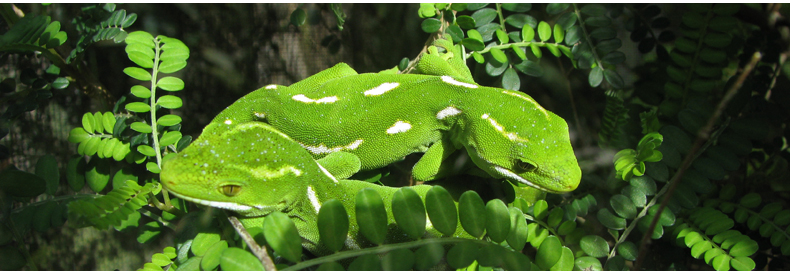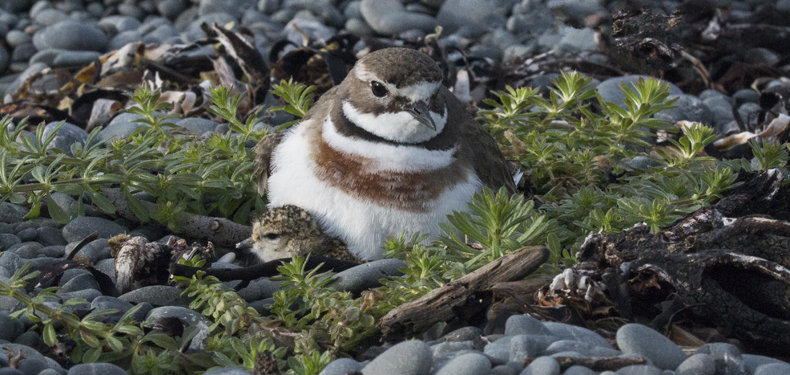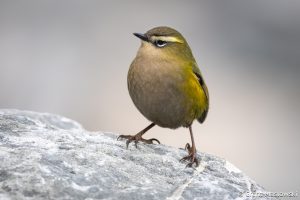Nature has the chance of a lifetime
By George Hobson, Forest & Bird Wellington Youth Leader
Being eye-to-eye with a hoiho (yellow-eyed penguin) sitting peacefully on its nest is one of my most memorable experiences.

It wasn’t just the wider environment of enormous, ancient forests and dynamic coastlines. Nor was it simply the strong fishy stench coupled with an astonishingly beautiful bird.
What really committed this experience to memory were the heart-breaking stories that went with it. Hoiho populations at this reserve had, I was told, decreased from 13 nests in 2017 to just 5 nests in 2018.
I’ve been involved in conservation work since I was ten years old. I’m now 16, and over the years I’ve been privileged to work with some absolutely spectacular species.
Like other New Zealanders, I’m proud of our wildlife – our peculiar owl-parrot, the kākāpō; our national bird, the kiwi; the incredibly rare Māui dolphins; or the green gecko, the master of camouflage.

The sad truth, however, is that our biodiversity is struggling. Big time.
Just this week, Forest & Bird pointed to Land Care Research data, showing 12 out of 13 native habitat types are decreasing – not just under our watch, but because of us. This information tells us the story of New Zealand’s biodiversity crisis. Most of New Zealand is in private ownership, and most native species live on privately owned land. Without clear guidelines for identifying and protecting important native habitat, our environment has been pushed to breaking point.
In late 2019, the Ministry for the Environment released a draft National Policy Statement for Indigenous Biodiversity, in an effort to combat our biodiversity crisis. This is currently open for consultation (you can make your submission here) and will set a national direction for protecting nature across all types of land.
National Policy Statements can be hugely effective when done right, and this one has the potential to be game changing for the protection and restoration of nature in Aotearoa.
Environment lawyer Sally Gepp points out that this Policy Statement has widespread support, with both Forest & Bird and Federated Farmers calling it a genuine environmental breakthrough.
She adds this has already been a very productive and collaborative process, with compromises made and a balance that means existing activities will largely be allowed to continue.
It’s certainly been a long time coming; the concept of a National Policy Statement for Indigenous Biodiversity was first thought of nearly 20 years ago.
Since then badly applied local rules have led to the continued loss of indigenous ecosystems such as wetlands, tussock and lowland forest. It’s time for land owners, farmers, and councils to put nature first, and make sure that our native species have somewhere to call home.
It’s time to put nature first, before it’s too late. It’s time to take this chance of a lifetime to restore and enhance nature, make up for past loss and build resilience for the future.
Take my favourite bird, the pohowera, or banded dotterel. These stunning birds are found around New Zealand’s coasts, through our braided rivers and even along the Desert Road. They’ve got amazing personalities, their chicks are fluffballs on legs, and they are incredibly devoted parents.

But pohowera don’t know the difference between a river on a farm or a river in a national park. That’s why it’s so important for this Policy Statement to include protection for native species, regardless of where they live.
But we can’t protect what we don’t know about which is why this Policy Statement must require councils to identify the important natural areas in their regions.
There are a myriad of threats facing pohowera, but climate events are especially scary, because on our current trajectory they’re only going to get worse.
The mandate for courageous action is palpable. It’s increasingly clear – not least from the 170,000 Kiwis who took to the streets during last year’s climate strike – that New Zealanders want transformational change, and it’s absolutely crucial for this biodiversity policy to reflect that.
In Aotearoa, many species are already feeling the brunt of climate change. These added threats make it even more important that we protect the flyways and far flung habitat of the species that move around – birds, and bats which they can fly up to 50km in a single night.
I’m calling on New Zealanders who care about nature to collectively hold the Government to account and ensure that the protection of native species is taken seriously – in this policy, as well as those that will come in the future.
For the sake of my favourite bird, the pohowera, please support a bold and ambitious National Policy Statement for Indigenous Biodiversity.

